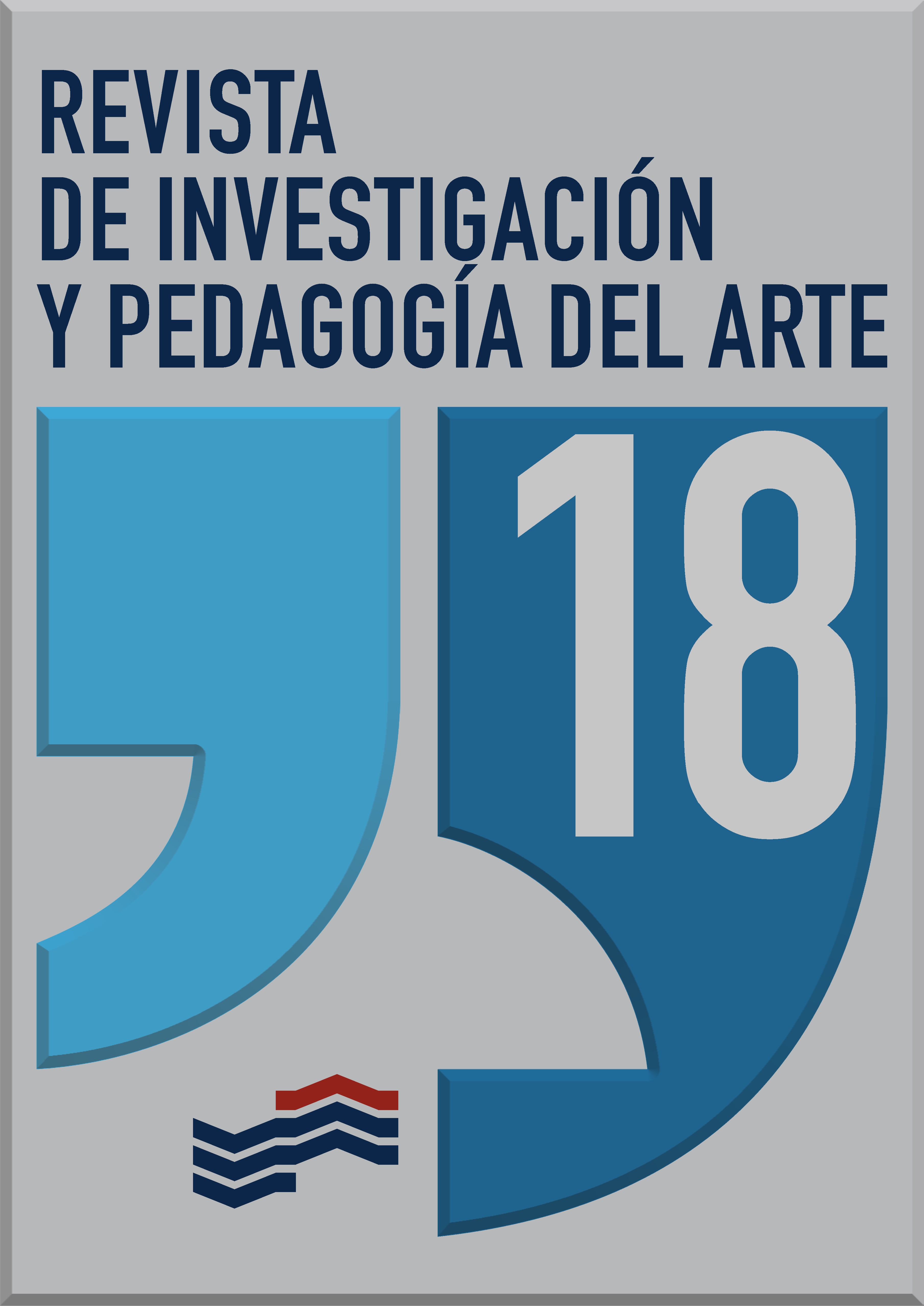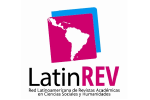The grotesque as a strategy of complaint in latin american theater
DOI:
https://doi.org/10.18537/ripa.18.09Keywords:
dramaturgy, grotesque, denunciation, realism, matrixAbstract
In the theatrical texts, I swear to you Juana that I have desires (1965), by the Mexican Emilio Carballido; Mira al tendido (1990), by the Venezuelan Rodolfo Santana, and La Nona (1977), by the Argentine Roberto Cossa, the general objective was to analyze the presence of the grotesque as an instrument of denunciation in Latin American theater; Outlining as specific objectives: conceive the grotesque and denunciation as a pretext in the dramatic structure; specify the grotesque as a theme in the creative imagination, and determine the grotesque as an instrument of denunciation. The qualitative documentary research methodology observed the recurrence of the grotesque as supports in the dramatic structure and a pretext for denunciation in the evolution of the creative imaginary. The results concluded: the quality of the theatrical text, interest in awakening in Latin American society a critical consciousness regarding the grotesque, denounced through an event with the capacity to masterfully unite reality and fantasy.
Downloads
References
Aristóteles (1998). Aristóteles Poética. Caracas. Venezuela: Monte Ávila Editores.
Bajtín, Mijail (1988). La cultura popular en la Edad Media y el Renacimiento. El contexto de François Rabelais. Madrid. España: Alianza Editorial.
Carballido, Emilio (1979). Te juro Juana que tengo ganas. Yo también hablo de la rosa. Fotografía en la playa. México, D.F. México: Editores Mexicanos Unidos
Chesney, Luis Lawrence (1996). Teatro popular latinoamericano (1955-1985). Caracas. Venezuela: Facultad de Humanidades y Educación-UCV.
Cossa, Roberto y Gorostiza, Carlos (1980). La Nona. Los hermanos queridos. Buenos Aires. Argentina: Sociedad General de Autores de la Argentina.
Dauster, Frank (1975). El teatro de Emilio Carballido, en Ensayos sobre teatro hispanoamericano. México D.F. México: Secretaría de Educación Pública.
Denisov, Vladimir (1986). Violencia social, ideología y política. Moscú: Progreso.
Dragún, Osvaldo (1981). Nuevos rumbos del teatro latinoamericano. Suplemento Summer. LATR, Nº 13/2. Buenos Aires. Argentina.
Goldmann, Lucien (1984). Sociología de la creación literaria. Buenos Aires. Argentina: Nueva Visión.
Kayser, Wolfand (1957). Lo grotesco: su configuración en pintura y literatura. Buenos Aires. Argentina: Editorial Nova, 1964.
Kaiser-Lenoir, Claudia (1997): Lectura crítica de la lectura americana Nº 194 (La formación de las culturas nacionales). En Fundación Biblioteca Ayacucho por Saúl Sosnowski. Perspectiva histórico-literaria del grotesco criollo (pp. 577-693). Caracas, Venezuela: Edit. BIBLIOTECA AYACUCHO.
Meyerhold, V. (1975): Teoría Teatral. Editorial Fundamentos. Madrid. España: Editorial Fundamentos.
Pavis, Patrice (1998). Diccionario del teatro: Dramaturgia, estética, semiología. Barcelona, España: Paidós Ibérica.
Pirandello, Luigi (1968): Humorismo. Madrid, España: Ediciones Guadarrama.
Programa de Formación en Servicio Profesional del Teatro (PROFESER) (1994): Teatro Latinoamericano. Instituto Universitario de Teatro. Caracas. Venezuela: Orlando Rodríguez.
Rodríguez, M. (1988). El teatro del grottesco en España: Los estrenos madrileños de Luigi Chiarelli hasta 1936. [Revista en línea: Fundación Dialnet]. Consultado el 11 de julio de 2012 en: http//dialnetunirioja.es
Santana, Rodolfo (1992). Mirando al tendido y otras obras. Colección Cincuentenario. Banco Central de Venezuela. Caracas. Venezuela.
Valle-Inclán, Ramón (2008). ESPERPENTOS. Caracas. Venezuela: Fundación Editorial El perro y la rana.
Published
Issue
Section
License

This work is licensed under a Creative Commons Attribution-NonCommercial-ShareAlike 4.0 International License.










